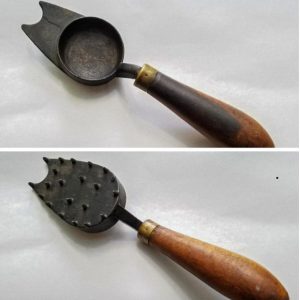If you’ve ever driven a car that predates digital dashboards and touchscreen displays, you might remember a little knob or lever that played a big role in your morning routine — the vintage manual car choke. And if the word “choke” instantly brings back memories of cold winter starts and careful engine monitoring, then yes — you’re probably feeling nostalgic already.
Before fuel injection systems took over, this simple mechanical tool was a staple in every car owner’s toolkit. It wasn’t fancy. It wasn’t digital. But it worked. And for decades, it was the difference between getting to work on time… or not getting there at all.
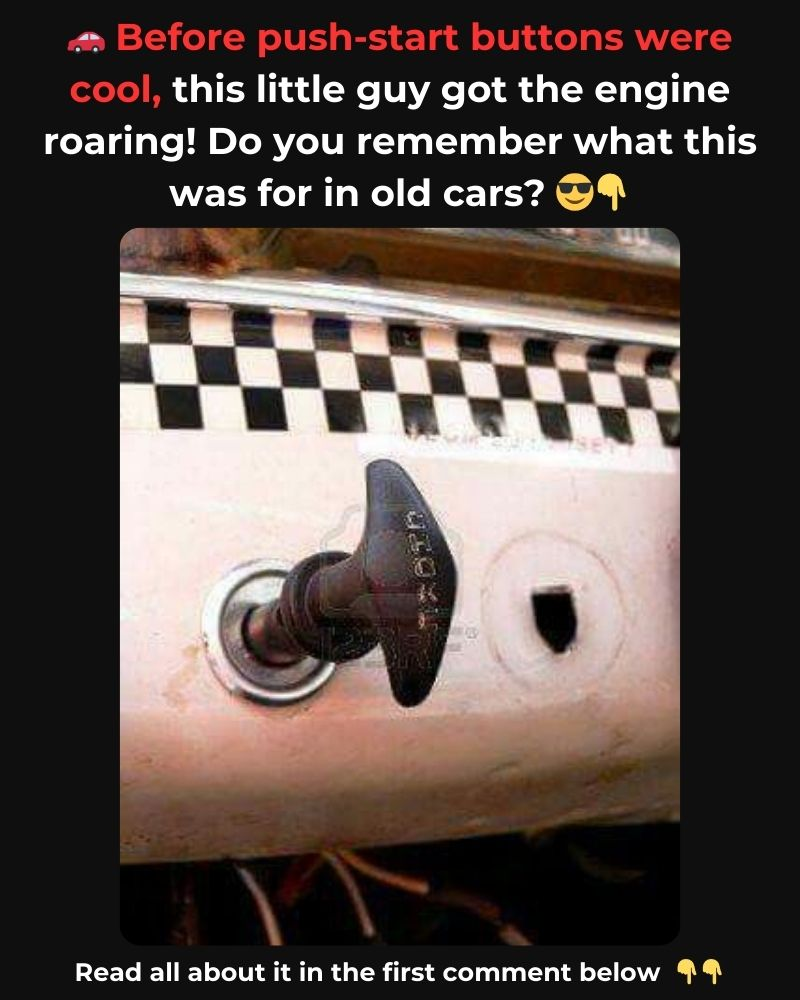
What Exactly Was the Vintage Manual Car Choke?
In its simplest form, the manual car choke was a control — usually a pull knob or lever — located on the dashboard or just under it. Its job? To adjust the air-fuel mixture entering the engine when starting the car, especially in cold conditions.
Here’s how it worked: when you pulled the choke, it restricted airflow to the carburetor, allowing more fuel into the engine. This richer mixture made it easier for the engine to ignite, even on freezing mornings. As the engine warmed up, you’d slowly push the choke back in, gradually letting the engine return to its normal air-fuel ratio.
No electronics. No sensors. Just you, the lever, and a little finesse.
Video: Watch the video to learn how to start a really old car using a choke!
A Daily Ritual for Drivers of the Past
Picture this: it’s a crisp winter morning in the 1960s. You hop into your Chevy, twist the key, and… nothing. You pull the choke, try again, and the engine coughs to life. You let it run for a minute or two, hand on the choke, ears tuned to every sputter. When it sounds steady, you ease the lever back — not too fast — and off you go.
For drivers back then, it wasn’t just about knowing how to drive. It was about knowing how your car behaved. That little choke knob became a morning companion, a tiny mechanical handshake between man and machine.
Why the Choke Was So Important in Automotive History
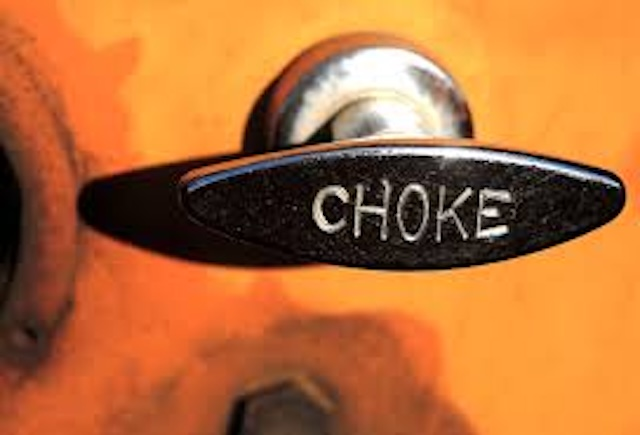
The choke didn’t appear out of thin air. It came about during the early days of gasoline engines when cold starts were an enormous challenge. Fuel would condense in the carburetor, making ignition difficult. Engineers needed a workaround — and the manual choke was it.
From the 1920s to the late 1970s, almost every car with a carburetor featured this device. It wasn’t just a feature — it was a necessity. Without it, your engine would flood, stall, or fail to start altogether. It gave drivers manual control over something we now take for granted.
The Muscle Car Era and the Choke’s Iconic Status
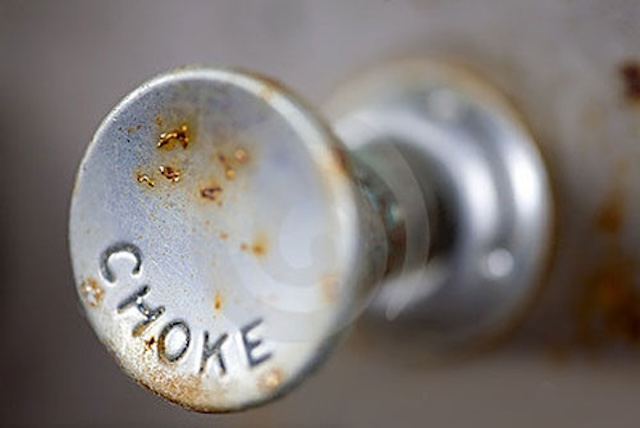
In the golden age of American muscle cars, the manual choke had a moment of glory. Vehicles like the Ford Mustang, Dodge Charger, and Chevy Camaro weren’t just about raw horsepower — they also required a driver who knew how to handle them.
Cold starts were often dramatic. You’d yank that choke, feather the gas, and listen as your V8 engine roared awake. In a way, the choke was a badge of honor — if you could start a 400-horsepower beast on a frosty morning, you earned bragging rights.
Technology Moves On, and the Choke Fades Out
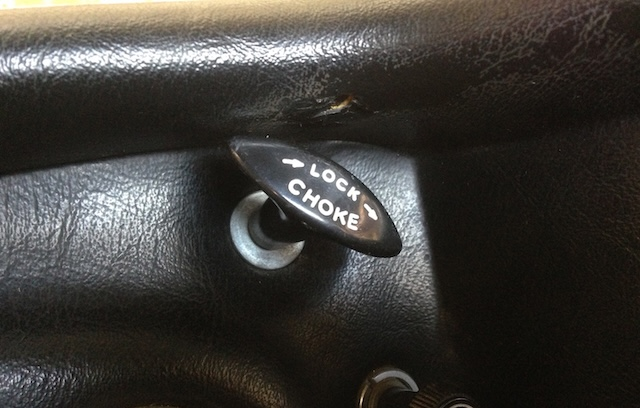
By the 1980s, automotive technology began to shift rapidly. Carburetors were phased out, replaced by electronic fuel injection (EFI) systems. Suddenly, cars could regulate their own air-fuel mix without any driver input. No more choke. No more guesswork. Just turn the key and go.
Sure, it made driving easier. But something personal was lost along the way. That tiny moment of connection between the driver and the engine — gone.
Still a Must-Have in the Collector’s World
Video: Watch this video to learn how to fine‑tune the choke on your classic carburetor for smooth performance!
Today, the vintage manual choke has found new life among classic car collectors and restoration fans. For these enthusiasts, keeping a car’s original choke isn’t just about function — it’s about authenticity.
Walk through any vintage car show and you’ll find beautifully restored dashboards with that little lever proudly in place. It’s a reminder that cars once needed a human touch — that drivers were more than passengers behind a wheel.
The Emotional Pull of Mechanical Nostalgia
So why do we remember the manual choke with such fondness? It wasn’t always easy to use. It required timing, patience, and sometimes a second try. But it also gave drivers a sense of control, of being in tune with their vehicle.
In an age when most cars run smoother than a smartphone, the choke reminds us that driving used to be a craft. You didn’t just operate the machine — you worked with it. It was a partnership.
Lessons from a Simpler Time
The manual choke may be obsolete, but it teaches us something that still matters today: understanding your tools makes you a better user. Whether it’s a vintage vehicle or the latest tech, knowing how something works gives you confidence — and connection.
Modern drivers may never know the satisfaction of a perfectly timed choke adjustment. But those who do? They carry a little piece of that golden motoring era with them, every time they see a classic dashboard.
Conclusion: A Small Lever with a Lasting Legacy
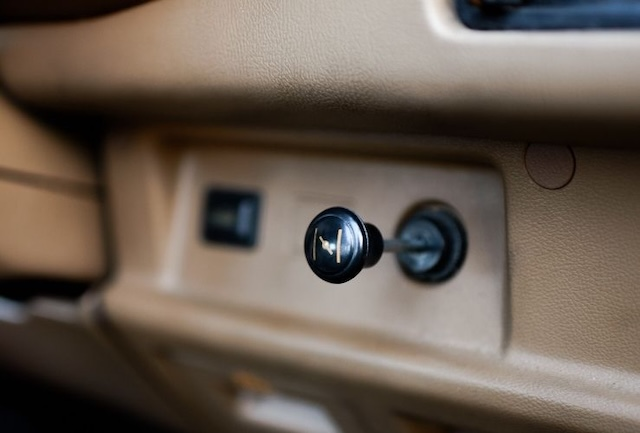
The vintage manual car choke might seem like a relic today, but it represents so much more than a forgotten feature. It was a simple tool that made cars reliable, personal, and mechanical in the best sense. It required skill, patience, and attention — and it rewarded those who mastered it.
As automotive tech continues to evolve, the choke stands as a nostalgic symbol of a more tactile, hands-on relationship between drivers and their machines. And for those who remember reaching for that little knob on a frosty morning — the memory is as warm as the engine they brought to life.

